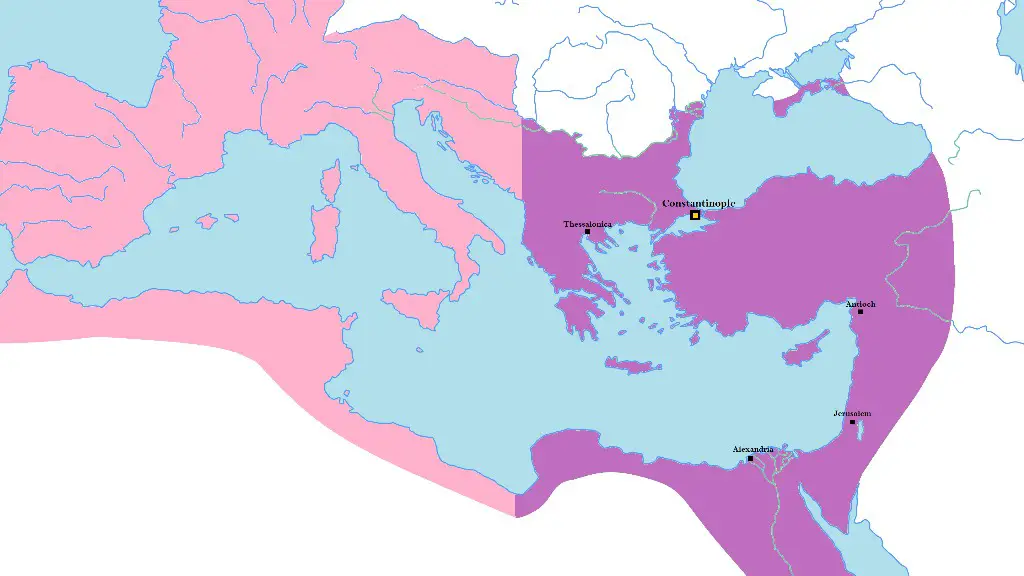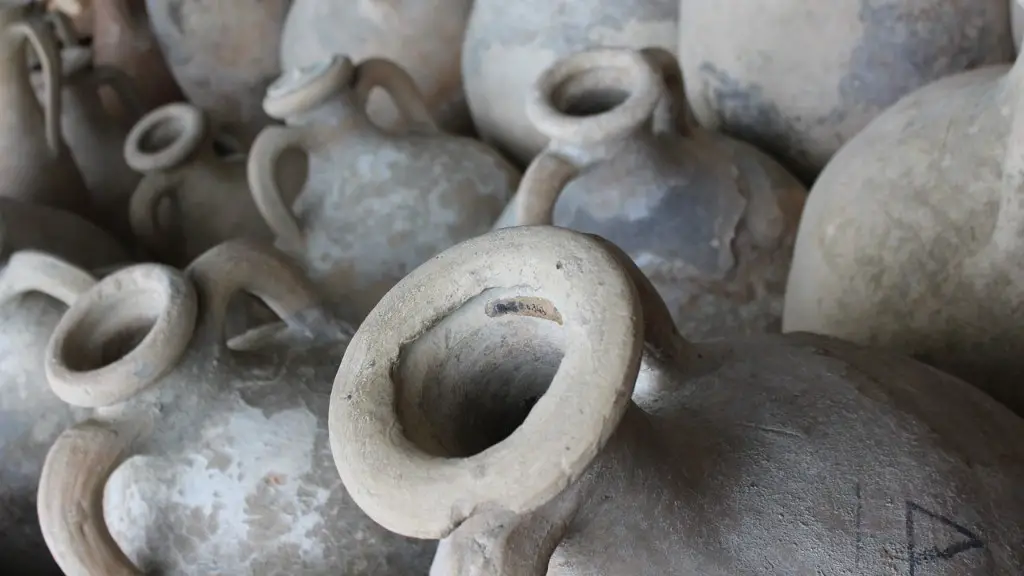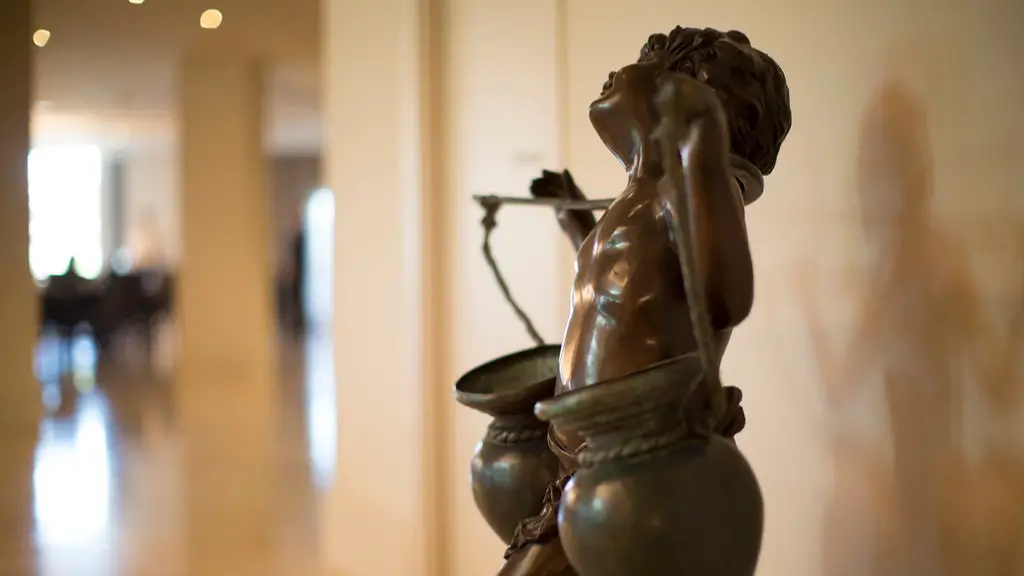Introduction to Ancient Roman Breakfast
Diet and meal patterns among ancient romans were quite varied and depended mainly on the individual’s wealth. Nevertheless, a typical breakfast for an ancient Roman would consist of bread, cheese, olives, egg, and wine. As the majority of people were peasants and had a mostly vegetarian diet which was supplemented with fish and other proteins.
Thus, while the wealthier classes likely saw breakfast as a light meal, the majority of the population would have faced a more substantial morning meal. Moreover, in most households, the morning meal would have been served before the start of the day’s activities.
Characteristics of Ancient Roman Food
The basic food elements for the ancient Romans were bread, olives, wine, and cheese. While bread was far and away the most common food staple, the other three foods were usually seen in a typical breakfast. Olives were usually served in oil and vinegars, as well as being eaten fresh when available. Cheese was eaten plain or used in the preparation of other food items. Finally, wine, while always a factor during mealtimes, often took the place of water.
Seasonal fruits, herbal teas, and leafy greens were also common. They would vary according to season, with root vegetables being available in winter. Honey, nuts and other dried fruits were favorable supplements which were almost always present during a breakfast spread.
The preparation of food in ancient Rome also tended to be quite simple and straightforward. Instead of elaborate spice mixtures, ancient Roman chefs relied largely upon oil and vinegar for flavoring. Additionally, most dishes were cooked over a fire or in coals or ashes.
Traditional Breakfast Dishes
One of the most common dishes eaten for breakfast by the ancient Romans was a concoction of dry bread, called Panis Quadratus – from its square shape. This dish was usually soaked in warm water or milk to form a thick porridge, which was then flavored with cheese, honey, and/or spices. Another popular breakfast dish was charcuterie, or cold cuts, which consisted of different types of salted, cured, smoked and spiced meats.
The most famous breakfast dish of the ancient Romans was called Panem Tomentosum. This was a warm bread cake, cooked in the ashes and flavored with honey, spices, cheese, and figs. This dish was usually consumed in small pieces, and was often served with wine. Other traditional breakfast dishes included porridge, scrambled eggs, and fish.
Breakfast Habits of the Elite
Given the disparity between the wealth of ancient Roman classes, there were some marked differences in the breakfasts served to different members of society. For example, the aristocrats and upper classes ate a much more elaborate version of breakfast than the peasant classes. This consisted of several courses served on a platter and included egg dishes, cheese tarts, smoked fish, shellfish and cured meats.
Breakfast was also more likely to be eaten in a public dining area or a triclinium during this era. The triclinium was an area in which guests could eat while laying on couches, commonly found in wealthy households. In these households, breakfast would have been a time for socializing and discussing the day’s events. Servants would have served the meals on platters and food would have been presented in a much more luxurious manner.
Influence of Breakfast on Ancient Roman Cuisine
Breakfast had an enormous influence on the culinary culture of ancient Rome. Breakfast dishes often featured prominently in contemporary Roman literature and were considered an important part of daily life. Additionally, the foods eaten for breakfast strongly influenced the development of other dishes and recipes. For example, the Roman cake, Panis Quadratus, was a direct descendant of the ancient Greek dish, libum, which was considered a breakfast favourite in the ancient Mediterranean world.
Breakfast also had an effect on ancient Roman culture, serving as a means of coming together and strengthening social ties through the sharing of food. As early as 300 AD, breakfast had a recognized status in Roman upper-class society, and the practice of gathering to share a meal at the start of the day was seen as a practice of particular refinement and status.
Nutritional Value of Ancient Roman Breakfast
As with all meals, breakfast would have provided the ancient Romans with some necessary nutrients. Bread, cheese, olives, and egg, which were all staples of the meal, provided them with carbohydrates, protein, and fats. While not as nutritionally complete as a modern-style breakfast, this meal would have provided enough energy for a hard day’s work ahead.
In addition to providing some necessary nutrients, the food consumed for breakfast may also have provided some medicinal value. Ancient Romans believed in the medicinal properties of food, and this belief is reflected in the selection of foods served at the meal. For example, garlic and gooseberry juice were believed to promote good health while olives and almonds were thought to aid in digestion.
Significance of Ancient Roman Breakfast
The importance of a nutritious breakfast cannot be understated, and this idea was no different in ancient Rome. Breakfast was often the most important meal of the day and it provided the necessary sustenance for a hard day’s work. The selection of foods served at breakfast was carefully selected to provide necessary nutrients while also pleasing the tastes of the diners.
Breakfast also played an important role in the social life of ancient Rome and was frequently used to cement social ties. By sharing meals, the ancient Romans were able to strengthen their relationships and, for the elite classes, to strengthen their already prestigious standing.
Conclusion Of Ancient Roman Breakfast
In summary, breakfast was an important meal in ancient Rome, not only for its nutritional value but also for its social significance. Breakfast was served on a platter and was often accompanied by the consumption of wine. Common dishes included Panis Quadratus, charcuterie, and Panem Tomentosum. The selection of foods was sure to provide enough sustenance to last until lunchtime, as well as to please the diner’s tastes. Finally, it was also a time for social bonding among the ancient Romans.




